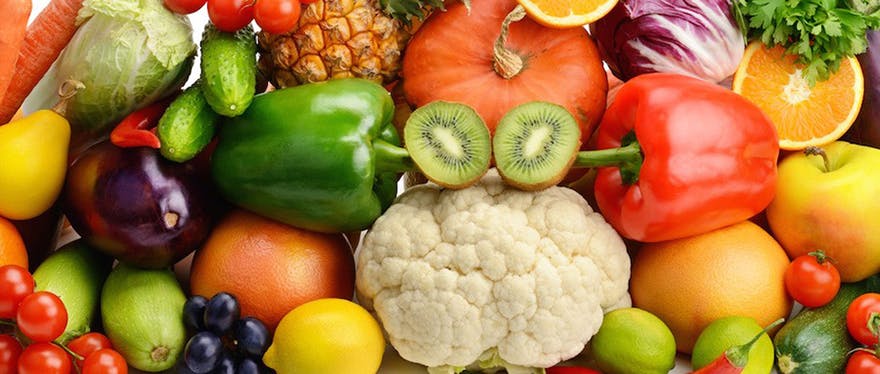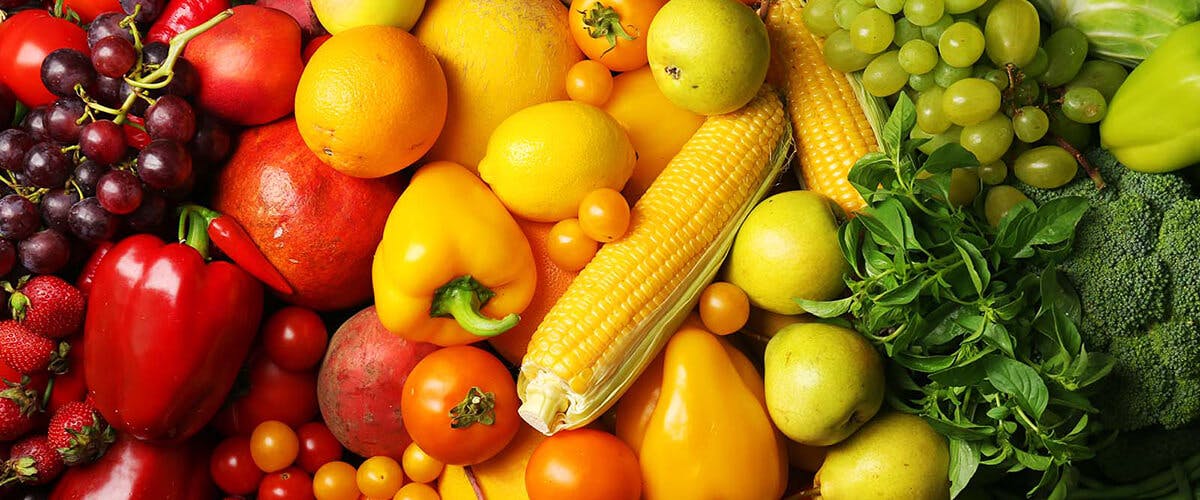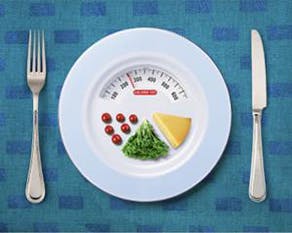3 Nutrition Myths about Your Vitamins
VITAMINS & MINERALS
05.30.2014

Are you doing everything you can to make sure you're getting the recommended amount of nutrients? Check out these nutrition myths – and the truths to help give your body the nutrients it needs.
Humans eat food, not nutrients. That's a phrase often touted by food experts. While it's true, the fact is we need to know just what nutrients we're getting - and not getting enough of-to make sure we're helping our minds and bodies. So what can you do to make sure you get the nutrients you need?
The foundation is simple: Eat a variety of foods from each food group, and use a multivitamin as nutritional insurance. But you probably knew that already. Now dive a little deeper into nutritional knowledge-and its benefits when put into action-as some of the most common food myths are transformed into nutritional "hits."
Myth: Because they're enriched, white bread and other refined grain foods are as nutritious as their whole grain counterparts.
The food facts: Whole grains provide thiamin, folate, iron, and other important vitamins and minerals. They contain all edible grain parts, including the bran, germ, and endosperm (that's the starchy layer). Refined grains, such as white flour, have both the germ and bran stripped from the grain. Those are the most nutrient-rich components. Though vitamins and minerals are added back in to white grain foods, they don't provide as many nutrients or the fiber of whole grain foods. That's why you need to aim for at least three of your daily grain servings from whole grain sources, such as whole wheat bread and brown rice. Or try something a little more exotic, like quinoa.
Myth: Eating five servings of fruits and veggies daily is a healthy goal for adults.
The food facts: "Eat five to nine a day for better health." That's the advice of the National Cancer Institute (NCI). More specifically, according to the Dietary Guidelines for Americans 2005, here are the daily fruit and veggie consumption recommendations:
| Fruit | Veggies | Total Recommended Servings |
|
|---|---|---|---|
| Children ages 2 to 6 | 2 | 3 | 5 |
| Children over age 6, teen girls, and most women | 3 | 4 | 7 |
| Teen boys and most men | 4 | 5 | 9 |
Unfortunately, women are getting about four servings instead of seven. Men should shoot for nine, but they're consuming just four servings. In fact, according to the Centers for Disease Control and Prevention, only 23 percent of Americans are consuming five or more fruit and veggie servings daily.
What's more, one of the most cited veggie favorites is iceberg lettuce. Though the iceberg variety does contain nutrients, deeper green lettuces offer much greater nutrition and taste. Generally, the richer the produce color, the richer the nutrition. Since different fruits and veggies provide different nutrients, the NCI advises eating a colorful diet to get as many nutrients as possible.
When eating an array of the recommended produce, your choices still need to be as nutritious as possible. Try these tips to get the most nutrients:
- Steam, stir-fry, or microwave to keep Vitamin C and other nutrient loss to a minimum.
- Leave edible peels on produce when possible-to boost nutrients and fiber.
- Reuse cooking liquids (what's left after cooking your broccoli, for example) for pilaf preparation.
- Buy only a few days' worth of fresh produce, so it stays fresh.
- Do a freshness check. Fresh is only best when it's truly fresh: seasonal and bruise-free. Otherwise, frozen fruits and veggies can be just as healthy as their fresh counterparts.
- And remember to have fun with produce. Get creative. Experiment with some new or exotic fruits and veggies.
Myth: You must eliminate all fat from your diet.
The food facts:
The most nutritionally sound approach to dietary fat is low saturated fat, not no fat. Some nutrients are found in significant quantity only in higher fat foods. Vitamin E, a fat-soluble antioxidant vitamin, is an excellent example. Some Americans suffer from a Vitamin E gap, so enjoying more foods rich in this nutrient is beneficial. An ounce of almonds, for instance, provides half the daily Vitamin E recommendation. Try these other choices rich in healthful fats for upping your E intake: hazelnuts, peanuts, avocado, and canola, olive, and soybean oils. And drizzle "real" vinaigrette instead of fat-free dressing on your next salad.
Image Credits: AlinaMD/Shutterstock.com
Recommended Articles
The 5 Best Foods That Will Help Supercharge Your Brain
Amidst our busy schedule, it's important to retain our focus and memory. Resting alone is not...
Iron deficiency is a lot more common than you would think. A recent survey by SATA CommHealth(i...
Mars vs Venus: Understanding the His and Hers of Nutritional Needs
Mars vs Venus: Understanding the His and Hers of Nutritional Gaps Although their DNAs are...






